Our Verdict
Firaxis combats the inherent bloat of the 4X genre with partial success. All of the big new ideas in Civilization 7 work well and it’s tighter and more engaging than any of its predecessors. Nevertheless, your sense of connection still begins to wane by the midgame.
The two modern XCOM games, Enemy Unknown and XCOM 2, represent the very best not only of Firaxis but of strategy as a videogame concept. Every single input in XCOM is significant, and laden with pressures and consequences. You never think to yourself ‘well, this doesn’t really matter, and I’ll just see what happens’ – there’s no such thing as a disinterested or a wasted turn. Whether it’s Stellaris, Age of Wonders, or any of the other genre totems, 4X games, the richest and most encompassing expressions of ‘strategy,’ are comparatively unable to maintain that type of intensity.
Especially in the mid to late stages of a playthrough, the game world, the decisions that it presents, and the mechanical possibilities it allows all begin to bloat. More buildings, more resources, more units – you’re just hitting ‘next turn,’ only occasionally interceding as your game automatically swells. Civilization 7 is the most imaginative Civ in years and Firaxis has clearly thought hard about how to reinvigorate the conventionally lethargic late stages of a 4X game.
Even though it could (Civilization 7 will sell, no matter what) the studio is unwilling to recline on its former successes. The problems in Civ 7 are not exclusive to Civ 7, and certainly not to Firaxis. Its sporadic flaws are caused by the immovable weight of genre traditions. The latest game in a series that is now 35 years old, Civilization 7 is bound by expectation, its larger ambitions curtailed by aged ideas of what this kind of game is supposed to be.

With Civilization 7, Firaxis is trying to energize the 4X genre and make it more elegant, but not at the cost of scale or scope. The best example is the new Ages system. Beginning in the Antiquity Age, once you reach a certain number of goals – technologies researched, Wonders built, Gold earned, – you graduate to the next Age, and a lot of what you and your opponents have built is either reset or removed.
Apart from your capital, all of your cities are turned back into towns, which means they can’t build anything – you have to grow them out again, and then spend Gold to convert them back into functional metropolises. Stray units are deleted. When you grow into the Exploration Age, you carry over six units; when you transition to the Modern Age, you keep nine.
Some buildings are age-specific and stop producing any resources when you advance. And of course, when you begin a new Age, you also have to choose a new civilization. I begin as the Romans and then in the Exploration Age transform into the Normans. This gives me a fresh set of attributes and the option to choose a different type of government, which provides new stat boosts and advantages.
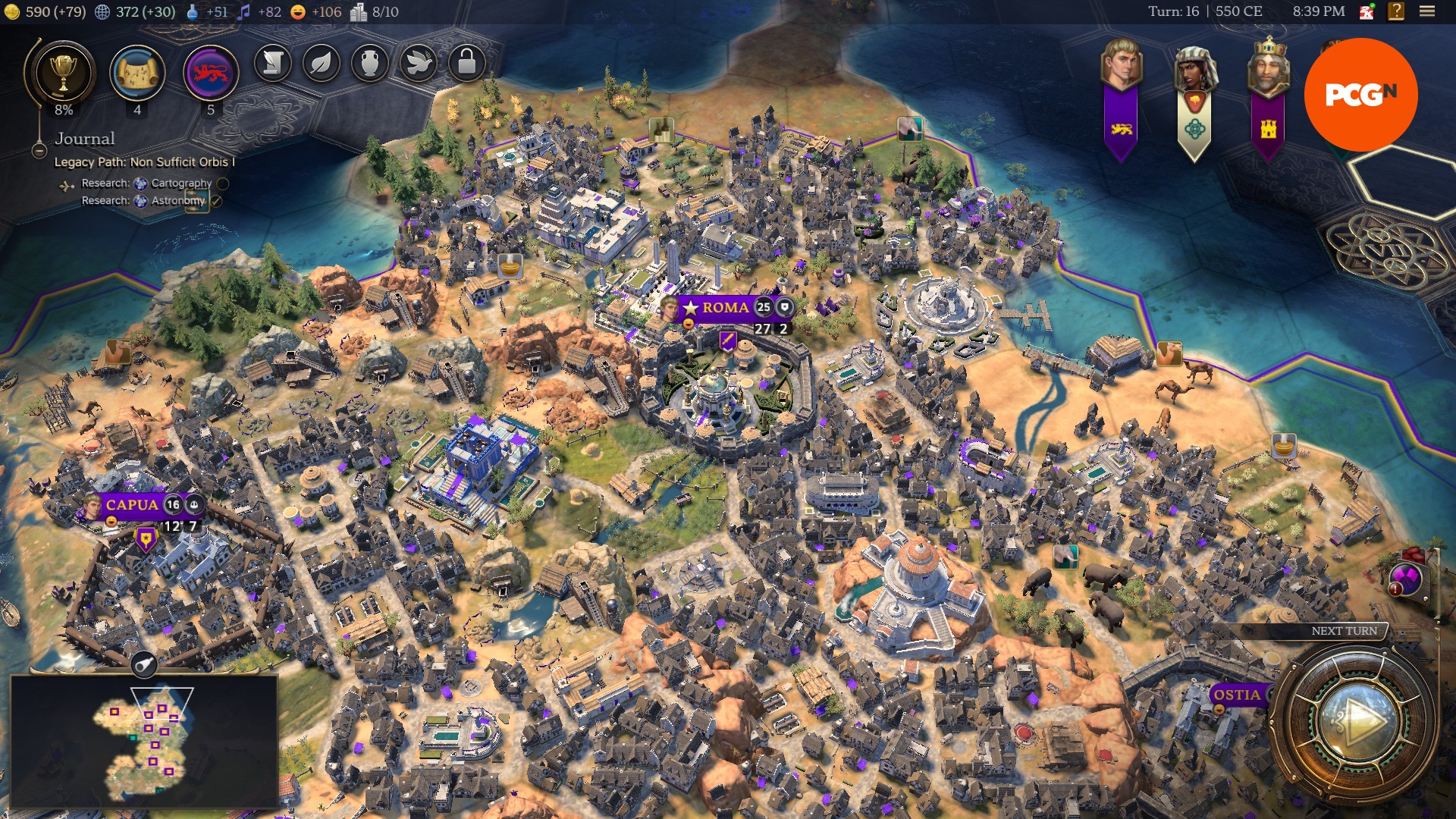
Games of Civilization 7 are thus divided into three partially discreet sub games. The map stays the same; you keep your settlements; Technology, Gold, and other resources stack; and you play as the same leader, against the same leaders, for the game’s entirety. But what you get with each new Age is a kind of soft restart where the board is cleared and every player has to partly rebuild or reimagine their empire.
As well as resources and settlements, there’s continuity in the form of Legacy Paths. These are essentially quest lines – if you choose a militaristic Legacy Path, in order to advance you might have to research metallurgy, or build a certain number of a certain type of unit. When you get to the next Age, you can choose to continue this Legacy Path, but you can also swap to another. A new Age doesn’t mean completely starting over.
But what it does achieve is a certain kind of cleansing. It eliminates a fundamental problem in older Civ games – and 4X games more generally – whereby you become increasingly disconnected from the decision-making and mechanics of strategy. Normally, when you reach the midgame, you have dozens of units waiting for orders and all of your cities are at high levels of production, which means you can build anything you want without really having to discern or be selective.
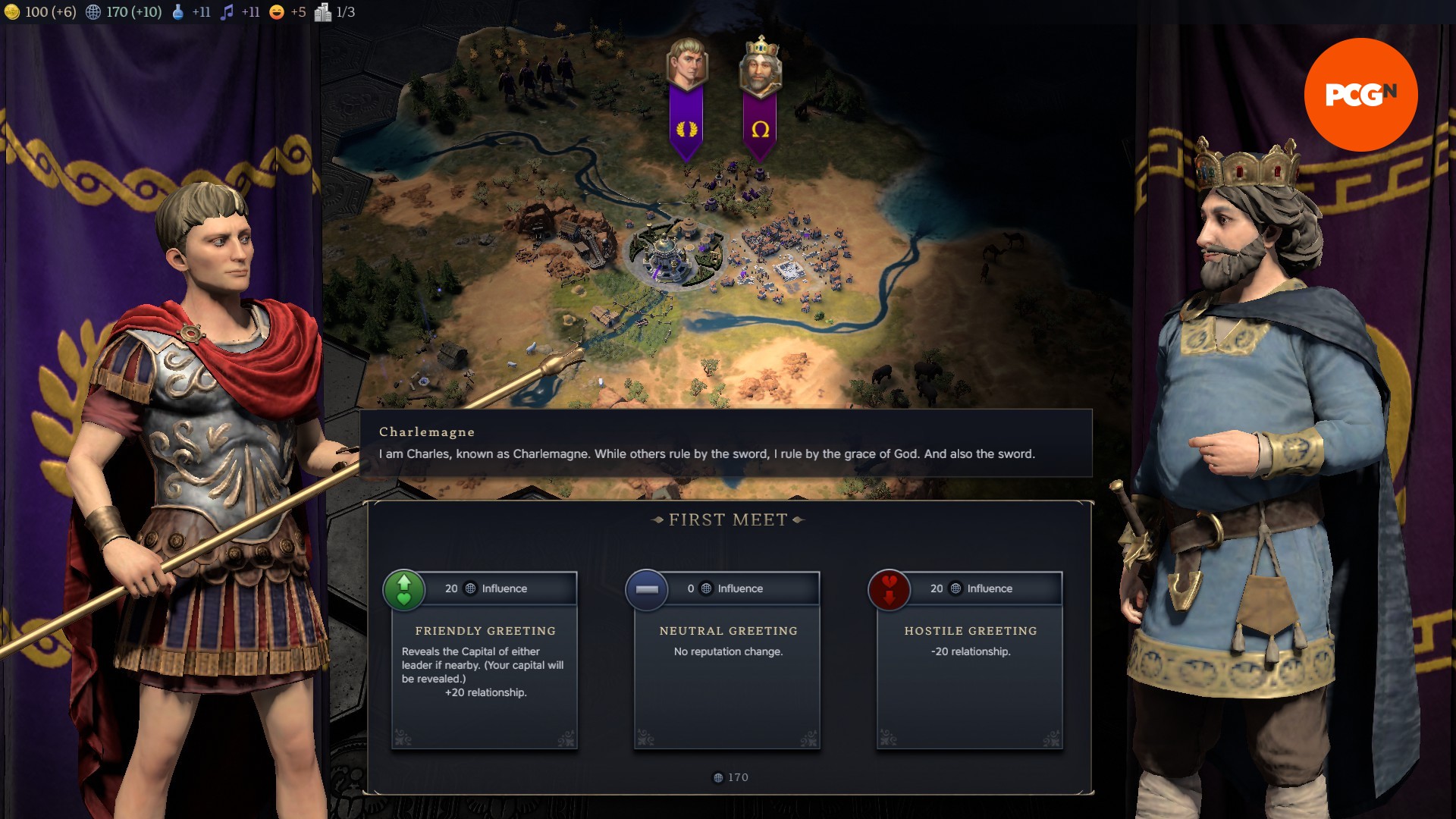
There comes a tipping point, where you’ve been so successful in the early stages that the rest of the game becomes easy, and you’re just clicking through menus and popups, and apathetically filling the map with stuff. Civilization 7 strips that down. Every new Age is an opportunity to recalibrate, take stock, and adjust your strategy. It also eliminates some of Civ’s congenital frustrations. Just because an opponent gets lucky with their starting position and earns high quantities of Technology or Gold during the early game, doesn’t mean they accelerate away from everyone else, and the match becomes locked on a single trajectory.
When you lose units or buildings, or you’re otherwise divested at the beginning of a new Age, it doesn’t feel like Civilization 7 is penalizing or shortchanging you. On the contrary, it’s like the game is doing its own sluggish busywork on your behalf, like it’s making space for you to concentrate on the mechanics that are actually meaningful – to engage with the game and be more active in strategizing your victory.
Combined with Civilization 7’s visual flourishes (the exteriors of buildings automatically evolve with every new Age; the music changes; you have new construction and policy options) it always feels like you’re making progress. You lose units. Cities are turned back into towns. The game ‘reboots.’ But all this cutting back ends up expediting the game’s momentum.
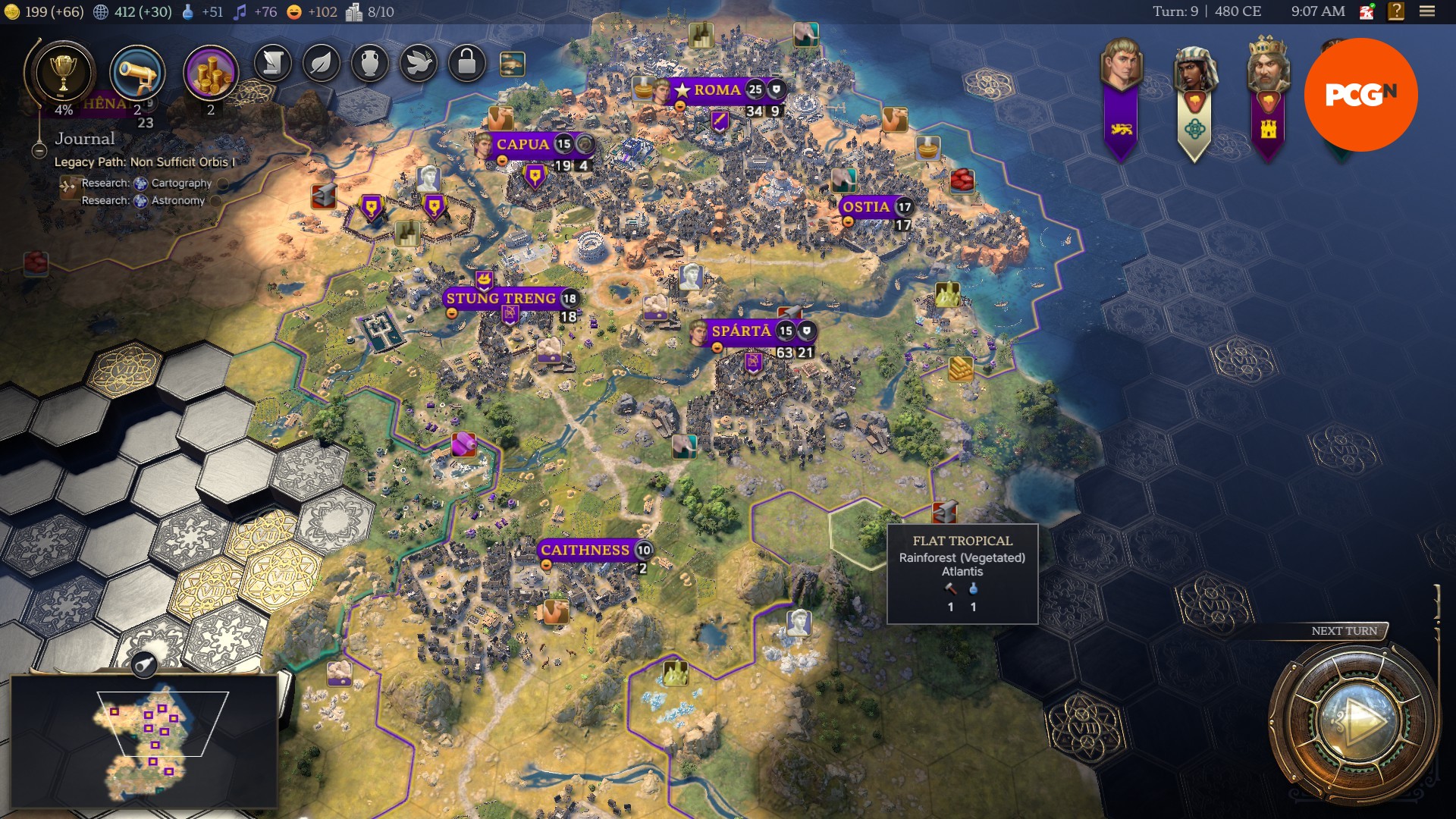
This seems like Firaxis’ central ambition with Civilization 7, to chop away the 4X blubber and make it easier for you to get at the genre’s lean meat. The combat mechanics are another good example. Instead of moving units individually, you stack them onto a commander and then move the commander around. If you’re in the middle of a battle, dozens of tiles away from any of your cities, you can build more units and then click the ‘reinforce’ command. You don’t have to walk them all the way to the frontline manually – they’ll make their own way there.
With all of this empty micromanagement out of the way, you can give more time to Civ 7’s expanded diplomacy dashboard, where you use a new resource, Influence, to cut deals, forge alliances, or impose sanctions on your rival leaders. In one game, I wanted to start a war with the Spanish empire, led by Charlemagne. I used half my Influence to publicly denounce him, and then chokehold the agricultural developments in his capital city. With the other half, I opened trade relations with Trung Trac, guaranteeing she wouldn’t turn on me while my soldiers were committed elsewhere.
But despite all this transformation and all these smart new ideas, Civilization 7 is still a variation on the formula – it has to be. It’s a 4X game. It’s a Civ game. Firaxis can only loosen it up so much. The triplicate leashes of genre, series history, and player expectation remain otherwise tight.
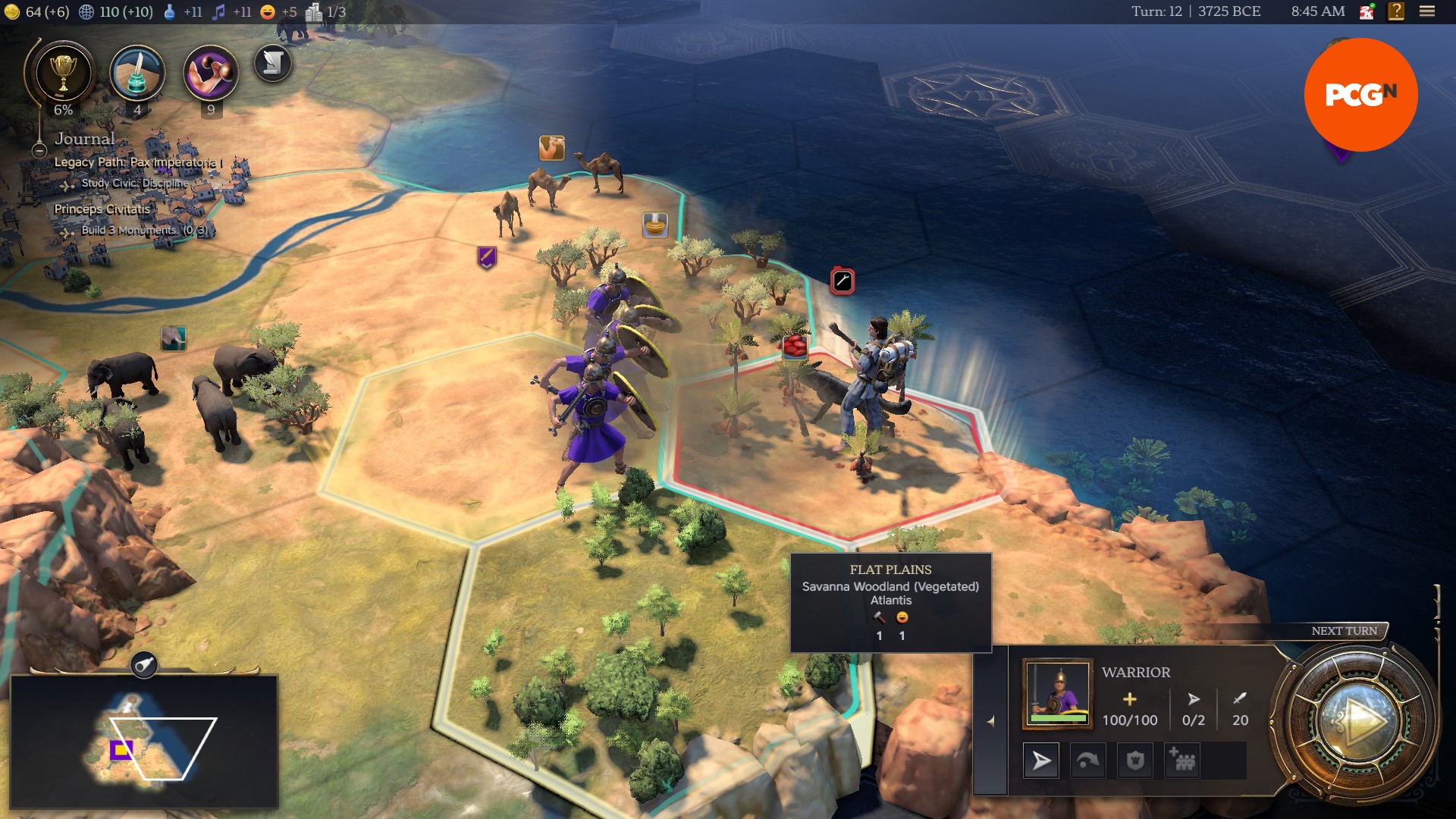
By the third or fourth hour of your game, your decisions, inevitably, start to feel less important. The disconnect sets in – you become blase. Another building. Another buff. Another policy change. More this. More that. Such is the logic of strategy games of this size, especially if they’re Civilization, the grandest and most comprehensive of them all. There has to be an enormous amount of mechanics. Everything has to be open for customization, tweaking, and scrutiny.
It’s not enough to choose a leader, and then choose a civilization, and then a form of government, and the government’s policies, and then a religion, and the religion’s first tier of beliefs, and then its second, and its third. You can’t just build something. It has to be on a certain tile, adjacent to certain other tiles, with care given to how much happiness, food, and production it will generate.
You’ve discovered a new resource. To which city should this resource be allocated? You’ve unlocked an artifact. Which slot in which temple in which settlement would you like this artifact to be placed, and are you aware that if you put it in the library instead it will generate an extra two percent Technology for every neighboring tile that contains a Specialist unit, for 15 turns, as long as you’ve unlocked the Heraldry Civics and have five towns with the Mining focus?
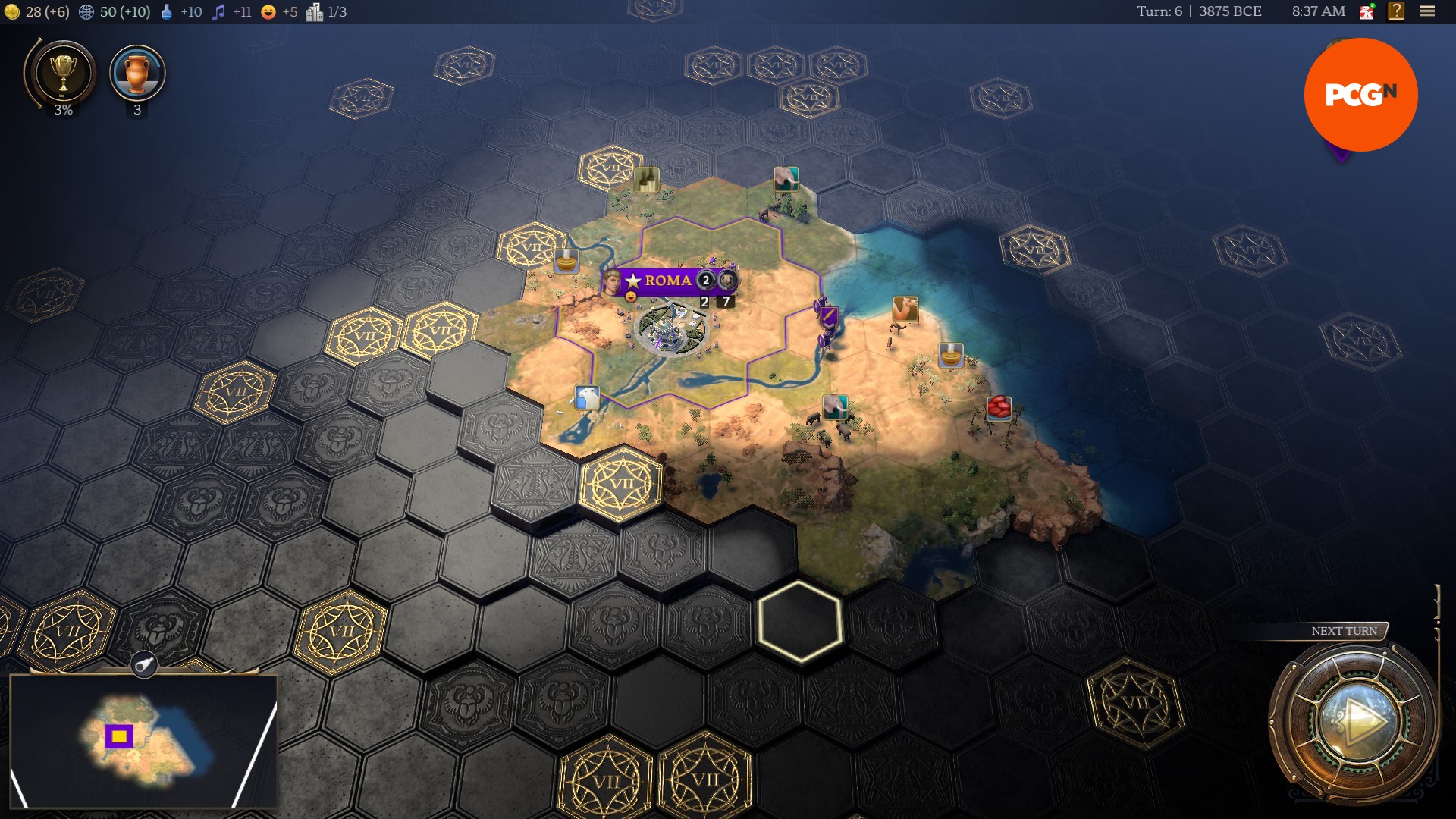
It’s not Civilization 7’s fault. In fact, Firaxis is trying to eliminate as much of the 4X noise as possible. But the same problem that undercuts all of these games remains here: after a certain point, the level of connection that you have to your decisions, to your empire, and to the consequences of each turn starts to exponentially shrink. You do end up clicking through Civilization 7. Turn 100 means significantly less to you than turn one.
When League of Geeks released Solium Infernum in 2024, its goal was to create a 4X game where matches were shorter and you had a much smaller amount of turns – but where every turn prompted a significant decision, and you couldn’t just throw one away. There are maybe four resources in the whole game. For the most part, you command a single military unit. And that’s what makes you feel connected to everything. That’s what makes you feel responsible. At its peak, Solium Infernum had just over 1,000 players on Steam. League of Geeks has since closed down.
You can only upend 4X – and other calcified game genres – so much. Civilization 7 is a different interpretation of the 4X doctrine. It’s also the game that Firaxis is experienced with making, presumably loves making, and that anyone familiar with Civilization would expect. The Ages and Legacy Path systems become a metaphor for the game entire: you get something new, and tradition persists.
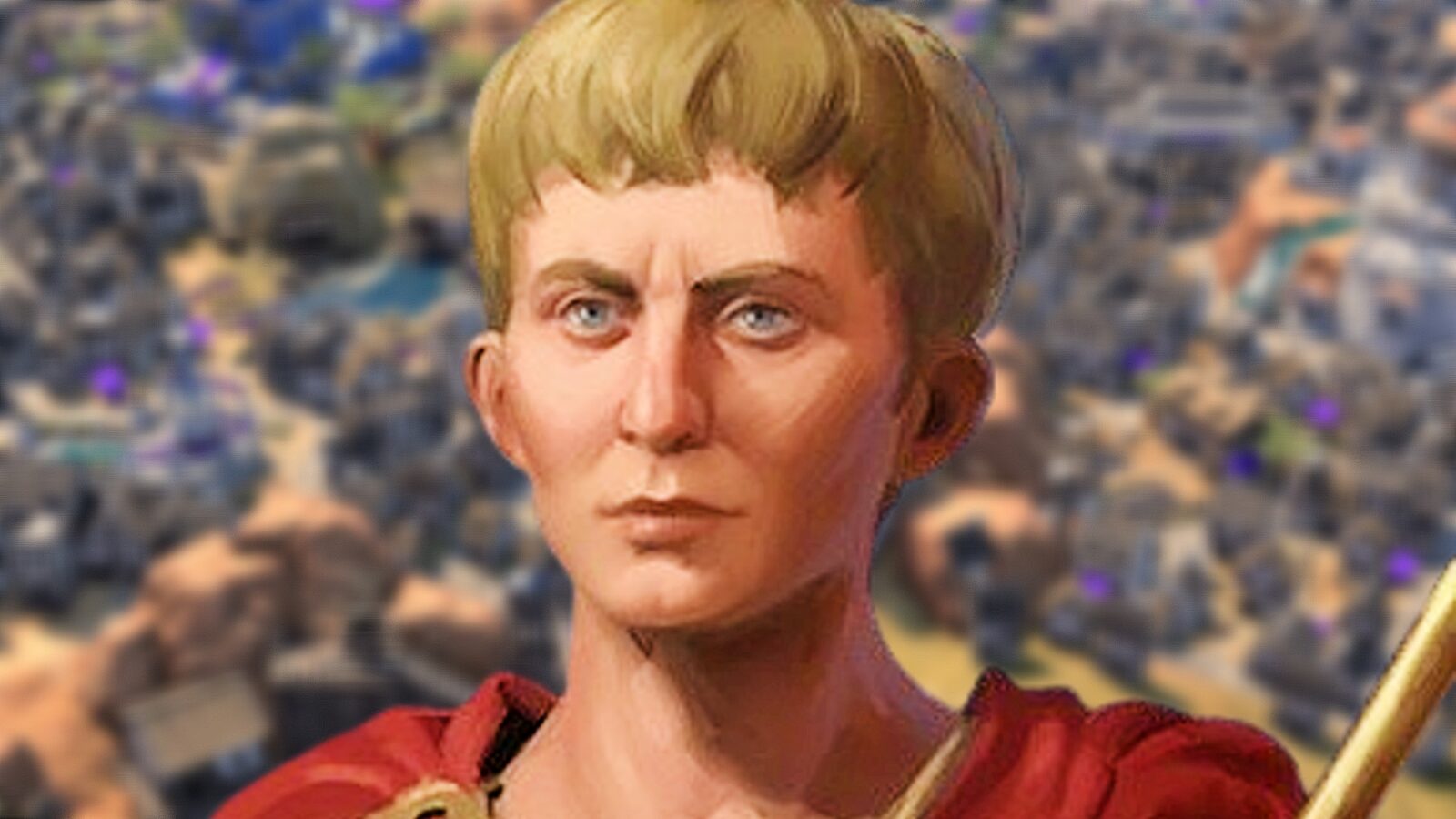










Leave a Reply